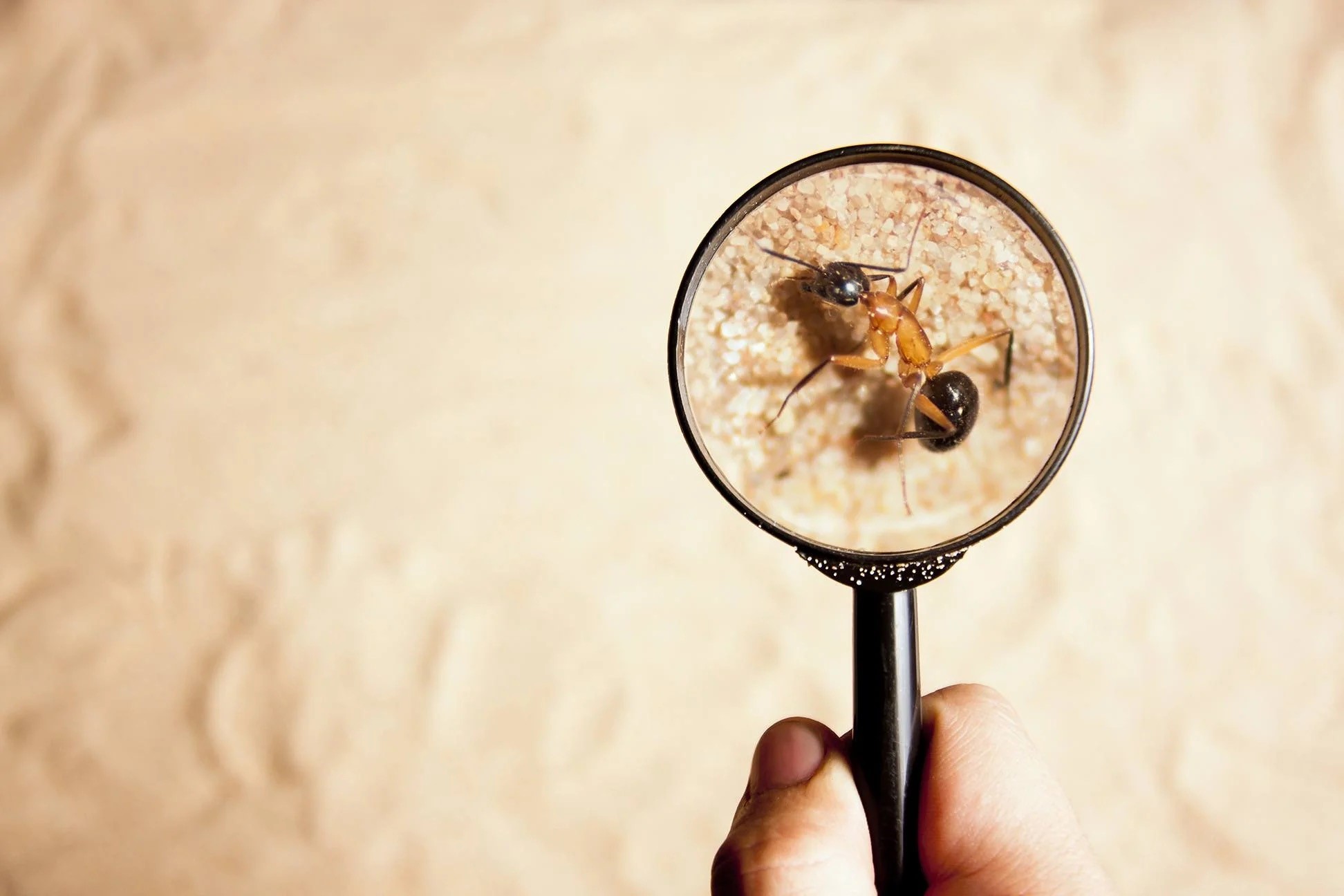Shielding Your Space: 4 Proven Pest Control Tips for Commercial Environments
Pests can wreak havoc on your business, causing damage to property, products, and your reputation. Effective pest control measures can prevent infestations and minimise the potential damage of pests. That is why businesses must make pest control services a crucial part of their larger business strategy.
Here are some advantages of implementing a proactive pest control system.
It Prevents Infestations
Pests contaminate products, destroy inventory and equipment, and cause structural damage to property. This can result in costly repairs and replacements, leading to financial losses for businesses. Pest control prevents the invasion and ensuing damage caused by pests.
It Creates a Safe Environment
Pests like flies, cockroaches, and rodents can carry diseases and contaminate food, posing a serious health risk, which can also have a detrimental effect on a business’s reputation. Moreover, pests such as rodents and termites can compromise the integrity of a building, posing safety risks to those inside. Pest control maintains a clean and safe environment for customers and employees.
It Ensures Legal Compliance
Regular pest control in commercial environments is essential for compliance with health and safety regulations. Failure to comply with these regulations can result in fines, penalties, and even closure of business. Proactive pest control can prevent legal issues and help a business maintain its reputation.
Combatting pests is an ongoing struggle and therefore needs to be approached with a long-term game plan. Here are 4 proven strategies that will help you combat pests in your business environment.
1. Identify Common Pests in Commercial Settings
Different pests require different pest control methods, depending on the type of business and its specific need. For example, restaurants may face issues with cockroaches or rodents, while warehouses may be more prone to infestations from birds or pests contaminating their stored products.
Knowing what pests are common in your type of business is an important step in dealing with pests successfully. You may want to consult with a professional pest control service at this point to assess your business’s unique pest control needs. They can provide you with tailored solutions and strategies to address the specific pests that are affecting your business.
2. Put Preventative Measures in Place
In addition to regular inspections, preventive measures should be put in place. As the saying goes, “prevention is better than cure”. In the case of pest control, this is especially true.
Proper sanitation protocols and waste management are two key elements to keep the premises clean and free of smells and food debris that will attract pests. Make sure food products are stored in sealed containers and dispose of trash regularly.
Another key element is identifying potential entry points. Pests can enter your business through small cracks, gaps, or openings in walls, windows, doors, and roofs. Regular upkeep of a building has the added benefit of keeping pests out. Deliveries and employees are another point of entry. Although this can’t be prevented, strategies should be put in place to deal with those situations promptly. This can be outlined in your comprehensive pest control plan, and be part of your employee training protocols.
Here are some easy things to fix as a starting point:
- Install door sweeps and put screens on windows.
- Don’t position dumpsters and trash bins too close to your building. These should preferably be behind a fence.
- Make sure to clean floor drains and p-traps regularly.
- Stick to yellow light bulbs, or use LED lights with a narrow light spectrum that minimises or eliminates UV. These will attract fewer bugs.
3. Implement Effective Pest Control Strategies
Effective pest control strategies involve a combination of preventative measures and proactive pest management techniques.
Start by developing a comprehensive pest control plan tailored to your business’s specific needs. This plan should include:
- Regular inspections
- Monitoring of premises
- Treatment schedules
- Responsibilities of employees
- Responsibilities of pest control professionals
Training employees in pest control measures is of utmost importance. By providing them with the necessary knowledge and skills, you can empower employees to identify potential pest issues and take appropriate action.
Educate them about the common pests that can affect your business and how to spot infestations, as well as how to identify and report potential entry points for pests. This can significantly reduce the risk of infestations and ensure the long-term success of your pest control efforts.
4. Regular Inspections and Early Detection
Regular inspections are essential for early detection of pest infestations. During inspections, pay close attention to areas where pests are likely to hide or breed, like storage areas, equipment, and ventilation systems. Check for signs of droppings, gnaw marks, nests, or any other indicators of pest activity.
Consider implementing pest monitoring devices, such as traps or baits, in strategic locations. These devices can help you identify the presence of pests and determine the severity of the infestation.
Final Words
If you ever detect any signs of pests during inspections or monitoring, take immediate action to address the issue. By acting promptly, you can prevent the infestation from spreading and causing further damage to your business.

